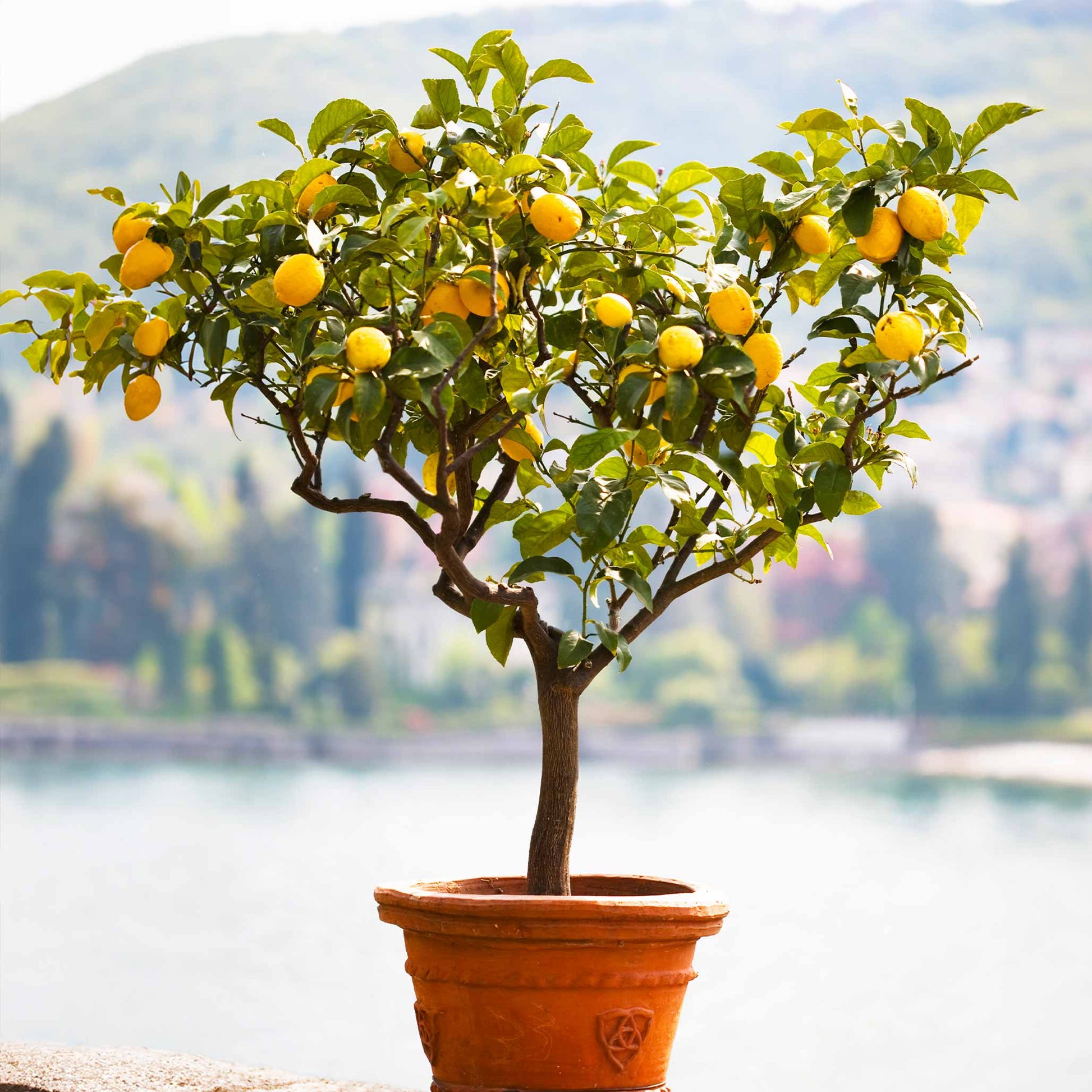The Sunny Story of the Lemon Tree
Imagine a burst of sunshine in plant form – that’s pretty much what a lemon tree is. Scientifically known as Citrus limon, this evergreen beauty isn’t just a pretty face; it’s a powerhouse of tangy goodness and a fascinating subject all on its own. While you might picture vast orchards in sunny California or the Mediterranean, these adaptable trees can actually thrive in a surprising range of climates, even in pots on your patio!
Where Did These Yellow Wonders Come From?
The exact origins of the lemon are a bit of a botanical mystery, but most experts believe it’s a hybrid that likely popped up somewhere in Asia, possibly India or Southeast Asia. From there, these zesty fruits journeyed westward, making their way through the Middle East and eventually into Europe. It was Christopher Columbus who is often credited with bringing lemon seeds to the Americas on his voyages. Now, they’re grown all over the warmer parts of the world. Talk about a global traveler!
:strip_icc()/How-to-Grow-a-Lemon-Tree-from-Seed-EpMfZ-e-KadA6psBW7Me0e-7444bd1697b3418595ab1df6c3dcb48f.jpg)
What Makes a Lemon Tree Special?
Beyond the obvious delicious and versatile fruit, lemon trees have some pretty cool characteristics. They typically have glossy, oval-shaped leaves that release a lovely citrusy scent when you crush them. The trees themselves aren’t usually massive, often staying within a manageable 10 to 20 feet tall, which makes them great for smaller gardens or even container growing. And let’s not forget those fragrant white or purplish flowers that bloom before the fruit appears – they’re a delight for the senses!
Growing Your Own Little Slice of Sunshine
Thinking about adding a lemon tree to your life? You’ll need a sunny spot, as they adore at least six hours of direct sunlight each day. Well-draining soil is crucial – they don’t like soggy roots. Regular watering is important, especially when the tree is young and during dry spells, but you don’t want to drown it either. A little balanced fertilizer a few times a year will keep it happy and producing those bright yellow gems. Depending on the variety and your climate, you could be harvesting your own lemons in just a few years!

More Than Just Lemonade: The Many Uses
Of course, the most iconic use of lemons is in making refreshing lemonade. But these vibrant fruits are so much more than that! Their juice is a star in countless recipes, adding a zing to everything from salad dressings to baked goods. The zest, that bright yellow outer layer of the peel, is packed with flavor and aroma, perfect for adding a citrusy kick. And don’t forget about cleaning! Lemon juice is a natural degreaser and deodorizer. Plus, lemon essential oil is popular in aromatherapy for its uplifting properties. It’s truly a multi-talented fruit!
Different Kinds of Lemons to Love
Did you know there isn’t just one type of lemon? The ‘Eureka’ and ‘Lisbon’ varieties are probably the ones you see most often in supermarkets – they’re known for their classic tart flavor and juicy flesh. But there are other interesting types too, like the ‘Meyer’ lemon, which is sweeter and less acidic, with a slightly orange hue. And then you have the ‘Pink Lemonade’ lemon, with its variegated pink and yellow rind and pinkish flesh – how cool is that? Each variety has its own subtle differences in taste and characteristics.
Pests and Problems: Keeping Your Tree Healthy
Like any plant, lemon trees can sometimes face challenges from pests and diseases. Keep an eye out for common culprits like aphids, scale, and spider mites. Regular inspection can help you catch problems early. Good air circulation and proper watering can also go a long way in preventing fungal diseases. If you do spot something amiss, there are organic and conventional methods to help your tree get back to its healthy, happy self.
The Sweet Rewards of Patience
Growing a lemon tree takes a bit of patience, but the rewards are well worth it. Imagine stepping out into your garden to pick your own fresh lemons – the smell, the satisfaction! Whether you’re squeezing them into a drink, using the zest in your baking, or simply enjoying the beauty of the tree itself, a lemon tree can bring a little bit of sunshine into your life.
In Conclusion
The lemon tree, with its sunny disposition and versatile fruit, is a fascinating and rewarding plant. From its mysterious origins in Asia to its widespread cultivation today, it has captured our taste buds and imaginations. Whether you’re a seasoned gardener or just dreaming of fresh lemonade, the lemon tree offers a little slice of nature’s brilliance.
Frequently Asked Questions About Lemon Trees
What’s the best time of year to plant a lemon tree?
Generally, the best time to plant a lemon tree is in the spring or early fall, when the weather is mild and there’s plenty of time for the tree to establish its roots before the heat of summer or the chill of winter sets in.
How long does it take for a lemon tree to produce fruit?
A lemon tree grown from seed can take several years (3-6 years or even longer) to produce fruit. However, grafted trees, which are more common in nurseries, can often start producing fruit within 1-3 years after planting.
Can I grow a lemon tree indoors?
Yes, you can grow a lemon tree indoors, especially dwarf varieties. However, they will need plenty of bright light (ideally a south-facing window or supplemental grow lights), consistent watering, and good humidity to thrive and potentially produce fruit.
How often should I water my lemon tree?
Water your lemon tree when the top inch or two of soil feels dry to the touch. The frequency will depend on the weather, the size of the tree, and the type of soil. Avoid overwatering, as this can lead to root rot.
Are lemon tree leaves poisonous to pets?
Lemon Tree Plant
:strip_icc()/How-to-Grow-a-Lemon-Tree-from-Seed-EpMfZ-e-KadA6psBW7Me0e-7444bd1697b3418595ab1df6c3dcb48f.jpg?ssl=1)